Virginia Set to Submit Initial Proposal for Broadband Equity, Access and Deployment
Virginia is waiting for data on the number of unserved and underserved locations in the state.
Teralyn Whipple
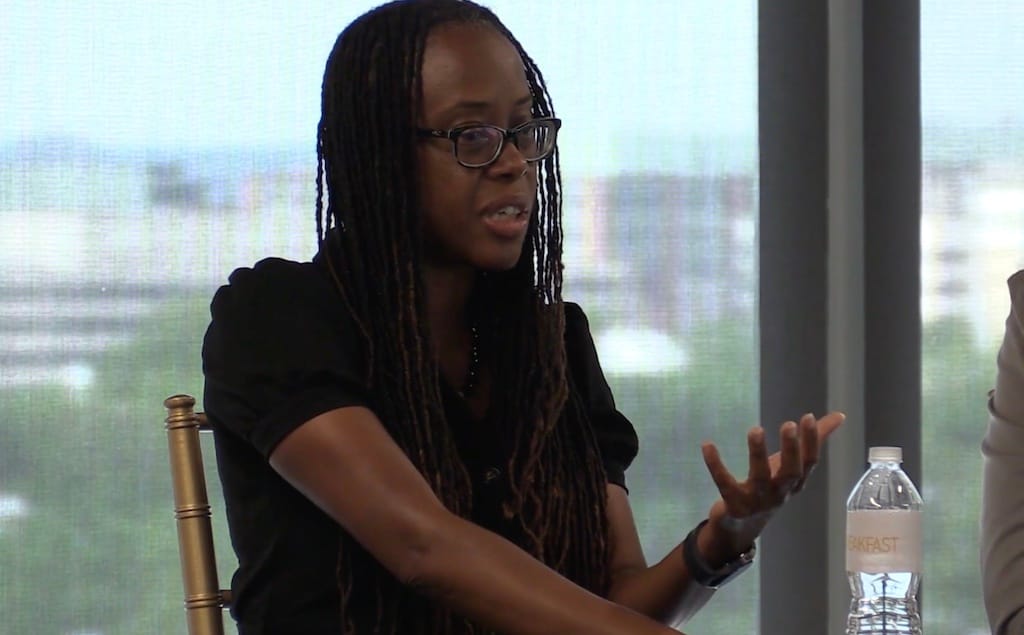
WASHINGTON, July 12, 2023 – Virginia is on an accelerated timeline for deployment of Broadband Equity Access and Deployment funds, said the state’s broadband director, Tamarah Holmes, at a Broadband.money event Wednesday.
The state was the first to release its initial proposal, due within 180 days of receiving allocation announcements, in late June. Its public comment period closed in early July. Initial proposals outline how the state will run their subgrant program and state challenge process, which builds on the Federal Communications Commission’s national broadband map. Once approved, states will have access to at least 20 percent of allocated funds and are the first draft for the final proposals.
In the plan, Virginia outlines the challenge process it will follow which aligns with the draft model the National Telecommunications and Information Administration released in April and finalized in June. The NTIA documentation provides guidance on how to design and implement the state map challenge process that will be included in state initial proposals. The NTIA will review and approve this section first to allow states to begin conducting their challenge process prior to full initial proposal approval.
Challenges will be accepted from permissible challengers, which is limited to units of local and tribal government, nonprofit organizations and broadband service providers, to the state through a state-maintained online portal. Those challenges that meet a minimum level of evidence, which is outlined by NTIA guidance, must be rebutted within the rebuttal period or they will be considered sustained.
The NTIA guidance provides a list of allowable challenges, which include identification of community anchor institutions, location eligibility determination, and enforceable commitments.
Virginia did not release the second volume of its initial proposal that would include the subgrantee selection process, implementation activities, labor standards and workforce readiness, among other sections.
According to Holmes, Virginia is waiting for data on the number of unserved and underserved locations in the state which it is required to include in the initial proposal. Once it has received that information, it will submit its Initial Proposal in the NTIA portal and release its five-year action plan for public comment.
NTIA Initial Proposal Guidelines
The NTIA released its BEAD initial proposal guidance documents to assist states in development of their plans. They provide specific guidance, examples and resources to fulfill each initial proposal requirement.
Throughout the development of the initial proposal, states are required to engage in local coordination and outreach activities to involve a diverse set of stakeholders.
NTIA guidance outlines the structure which consists of volume one, outlining the challenge process and identifying unserved and underserved locations and community anchor institutions, volume two, which states objectives and subgrantee selection among other processes, and the optional initial proposal funding request that includes the project plan and consolidated budget form.
The guidance states that “eligible entities may request more than 20 percent of funding before the Final Proposal if they demonstrate a need and develop a comprehensive plan for using the additional funds. Eligible Entities may also request the full amount.”
States are “strongly encouraged” to utilize the support of their assigned Federal Program Officer for informal review and feedback while drafting the initial proposal. They are also encouraged to capitalize on the public comment period.
The NTIA publicly posted a list of requirements for each section of the proposal and an explanation of each section.
Indiana
Earnie Holtrey, broadband director in Indiana, said that his state is about ready to release its five-year plan for public comment, after which it will shift its focus to the initial proposal.
Indiana is focusing its efforts on local engagement efforts, said Holtrey. It has developed several broadband taskforces of representatives and experts from localities including broadband service providers, elected officials, and other community leaders across the counties in the state which has eased the burden of developing a five-year action plan, he said.
While Virginia and Indiana are getting further along the process, other states are still working to build capacity within their state broadband offices, said Scott Woods of Ready.net. Ready.net has developed software to help make state broadband offices more efficient and effective, said Woods.

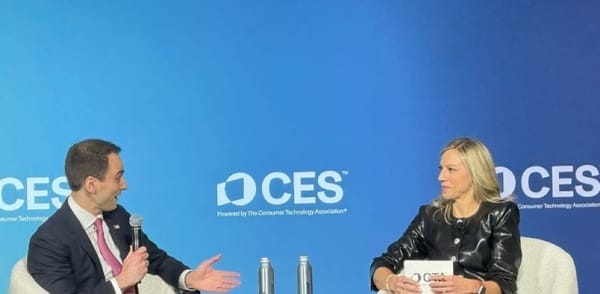

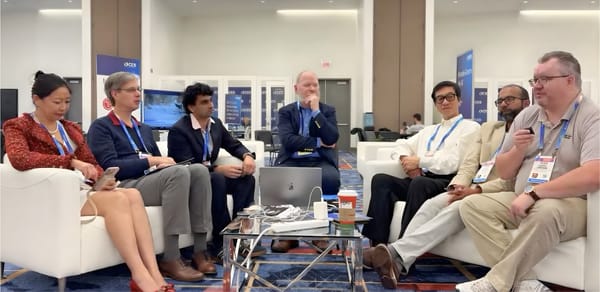
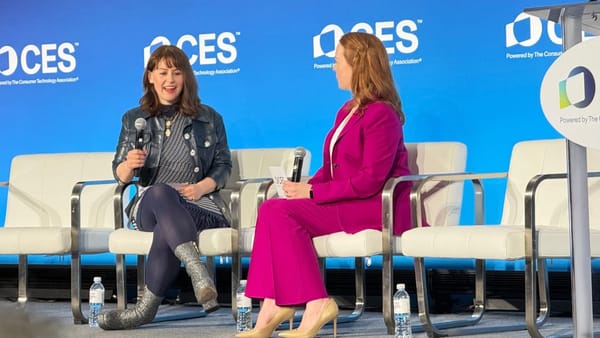


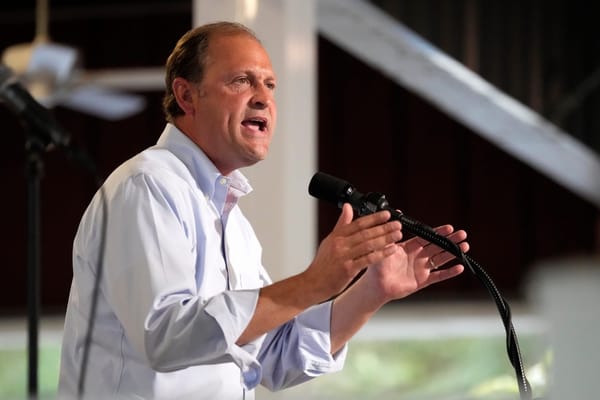

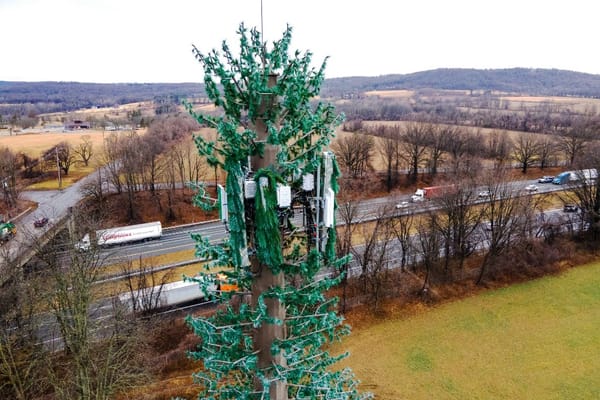
Member discussion